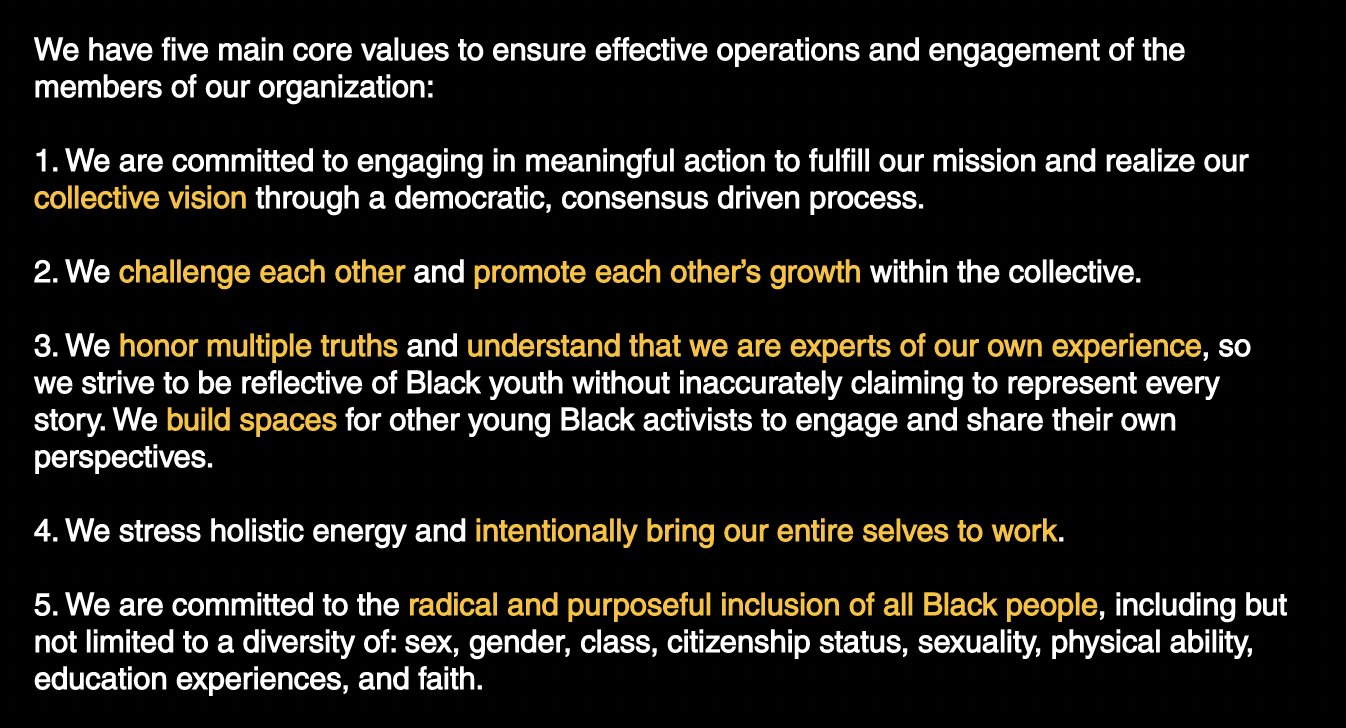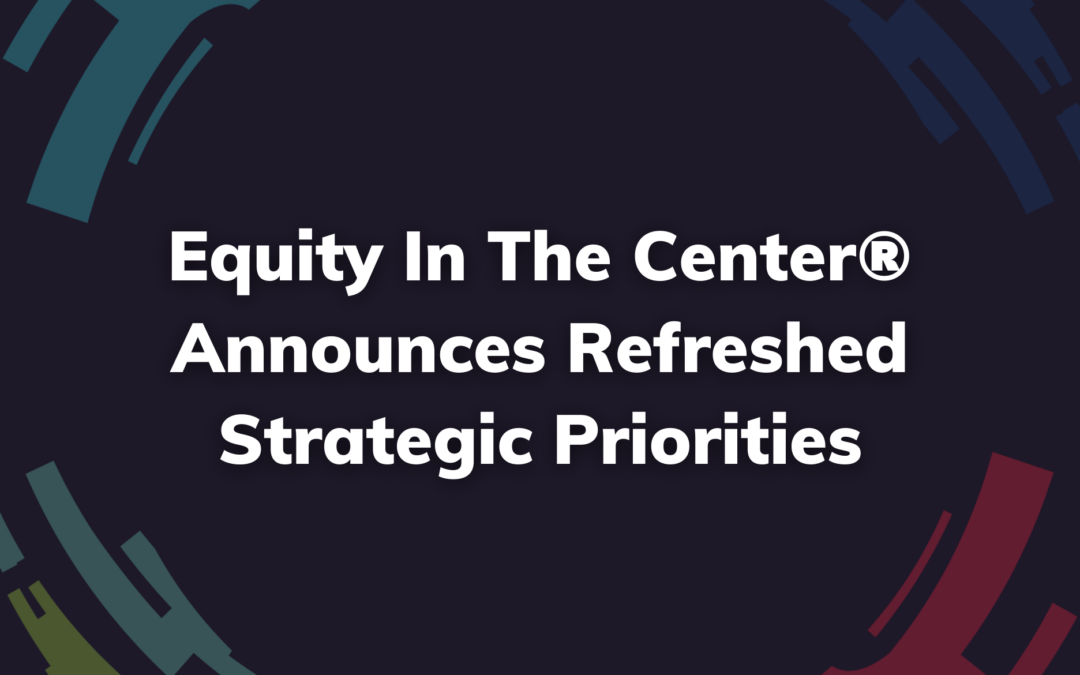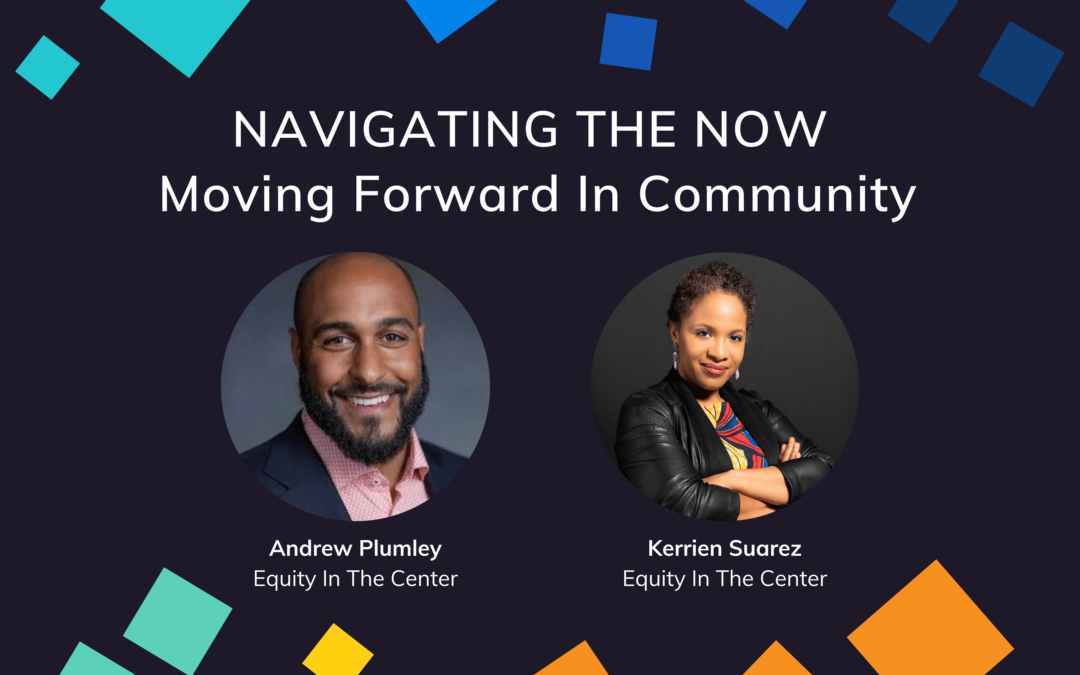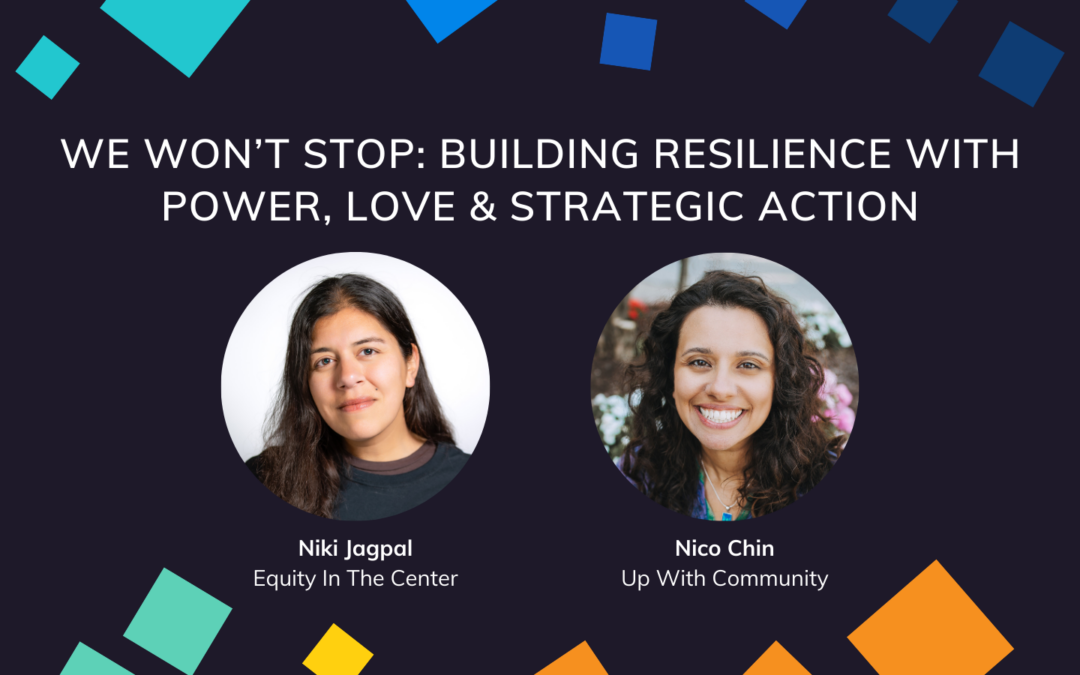By Tamir Novotny and Niki Jagpal

In our first blog in this series, we introduced the idea of an equity container: A set of conditions that allows groups to move through racial justice work without falling apart or reproducing white supremacy culture¹. A strong equity container allows teams to work through conflict, disagreement and harm in ways that strengthen team alignment, which is critical to operationalizing equity at organizations. When a team’s container is fragile or fractured, the team is likely to create harm and lose its ability to have the honest, vulnerable conversations needed to dismantle white supremacy.
What does it look like to actually nurture a strong container? We’re iterating on a simple framework for this: Build, Maintain, Repair.
Build
Visions, values and group agreements often reproduce white supremacy culture. This happens, for example, when vision statements use language that is palatable to dominant groups (e.g., white people) without being explicit about equity. But when they do get explicit, more is possible. Funders Together To End Homelessness, for example, recently released a strategic framework that centers housing justice and reframes its role from “serving” philanthropy to “mobilizing” it.
Working through values empowers the team to articulate how they understand themselves working to dismantle white supremacy and embody liberatory ways of being. This can include naming values like liberation, accountability and collective care, as well as describing how the group embodies its values in daily practice.
BYP100’s operating values. Source: https://www.byp100.org/about
Group agreements are a chance for the group to buck typical power dynamics between people from dominant and marginalized groups. One simple way to start this conversation could be: “How can we embody liberation in the ways we show up with each other?” It’s important to keep in mind that most teams’ norms in the US are built around the comfort and privilege of people from dominant groups, so group agreements should counter that directly. We offer some examples here. Another question groups should get in the practice of asking is: How do we want to engage in conflict with each other?
Maintain
While we can reduce the harm we cause with careful practice and reflection, it is impossible for groups to avoid harm completely. But with intentional practice, groups can work through instances of harm before they become entrenched patterns.
These practices can be routine. For example, our friends at Team Dynamics have a “cleanup” practice where they make space to address any lingering feelings or concerns from day-to-day interactions with race and gender dimensions. SURJ NYC has developed a “pause practice” where members can ask for a pause anytime they feel activated or overwhelmed; this pause can make space for deeper discussions and repair to happen as needed.
These practices should be designed to reflect power differentials between team members. Absent that, people from marginalized groups endure more cost, risk and negative consequences when engaging.
Repair
A team’s container can become damaged enough that its work is severely hampered. When team members start shutting down, or get so mired in conflict that the team can no longer make decisions or move work forward, repair is urgently needed.
By repairing the team’s container, we mean shifting harmful behaviors, patterns and policies and rebuilding (or building for the first time) trust and safety. This includes:
- Coming to a shared understanding of how team members have experienced harm
- Making and following through on commitments to behavior change
- Clarifying the types of relationships team members need to have in order to move equity work forward
- Making space for the inner work necessary to participate in this repair work, and
- Supporting team members who’ve been harmed – especially team members from marginalized groups – in recovering and healing from what’s happened.
Separation
Sometimes, the container is too damaged for the team to continue as constituted. In these cases, it is possible for organizations to practice principled and compassionate separation – partings that care for those who leave and those who stay, and that don’t replicate dynamics of oppression. But if a team can carefully build and tend to its container in real time, it’s less likely to reach that point.
What’s Next
We said up-front that this framework is deceptively simple. On its most basic level, this work is about being in right relationship, recognizing that white supremacy culture has conditioned us to make that impossible without reprogramming ourselves. Being in right relationship takes careful practice and reflection.
To build multicultural teams adept at navigating challenges, addressing tension, and resolving conflicts while actively dismantling white supremacy, we invite you to join us for our upcoming workshop on November 1 and 8, 2023 from 1 – 3pm ET: Building an Equity Container: Operationalizing Equity by Tending To Your Holding Environment. You’ll not only learn a framework to evaluate the equity container of your team/organization, but also valuable daily practices and an action plan to fortify it.
Footnote
¹White supremacy culture is how white supremacy operates in organizational culture, and is a symptom of white supremacy as a social construct.
Resources
- Maggie’s Potapchuk’s Transforming Organizational Culture Assessment (TOCA) – both an assessment tool and an learning resource that speaks explicitly (with nuance) to the complexity/context for how white supremacy manifests in organizational culture
- Community Resource Hub’s adaptation of Okun’s article into Turning Towards Each Other: A Conflict Workbook that summarizes the characteristics into three big buckets (1) exceptionalism, power and control (2) external validation, quantification and measurement and (3) binary thinking (right vs. wrong)
- On Antiracism, Author Beverly Tatum Says ‘If We Wait for Perfection, We’ll Never Get Started’ by Carina Sitkus | Lehigh University
- Qualities of Regenerative and Liberatory Culture by Daniel Lim | Medium
- BlackSpace Manifesto | BlackSpace NYC
- Going Pro-Black by Cindy Suarez | NonProfit Quarterly
- Building Resilient Organizations by Maurice Mitchell | The Forge
- The Revolution Will Not Be Funded by INCITE! Women of Color Against Violence
